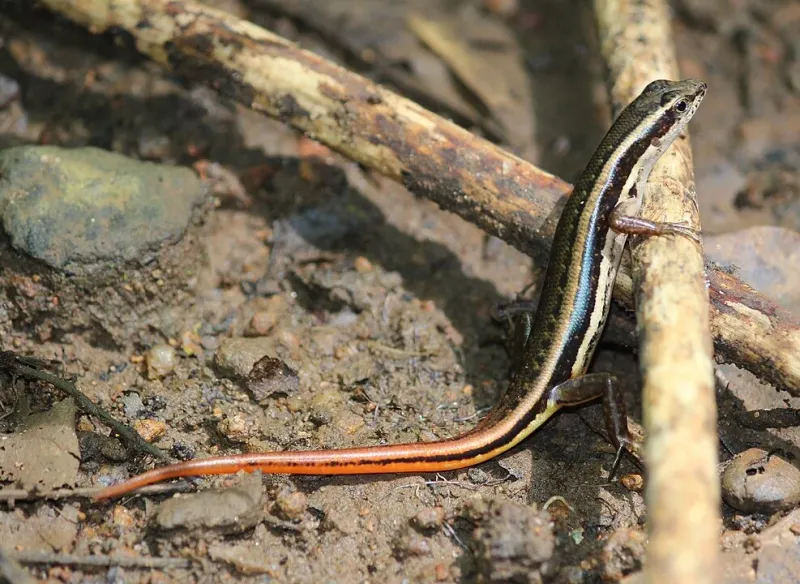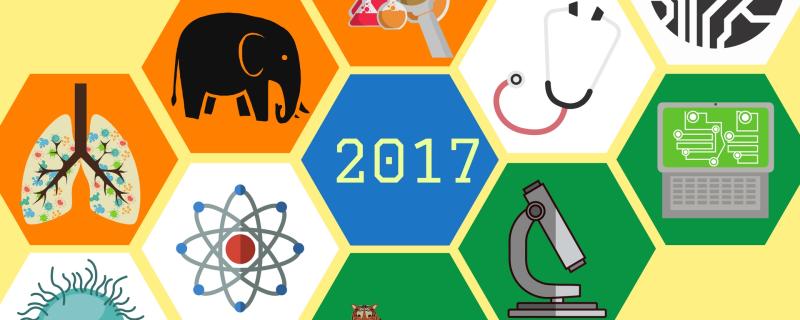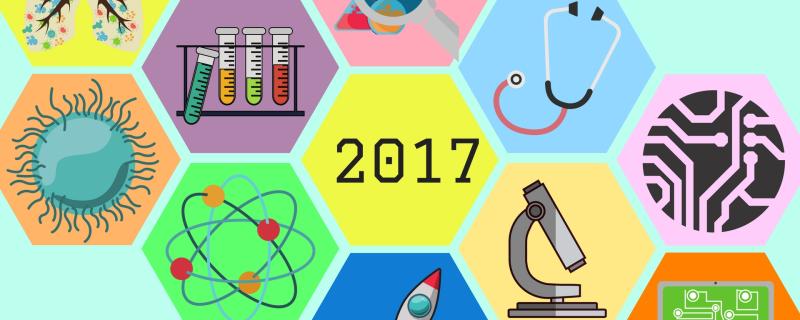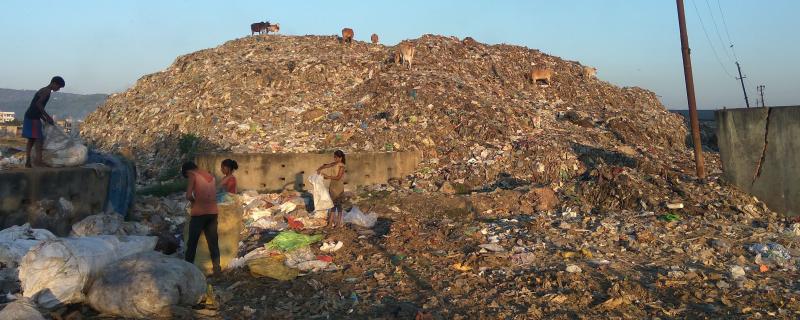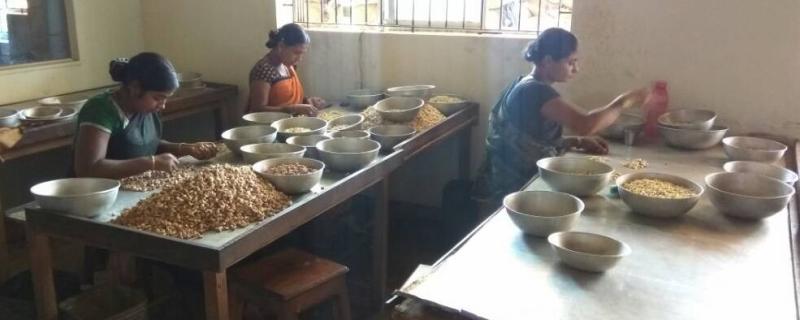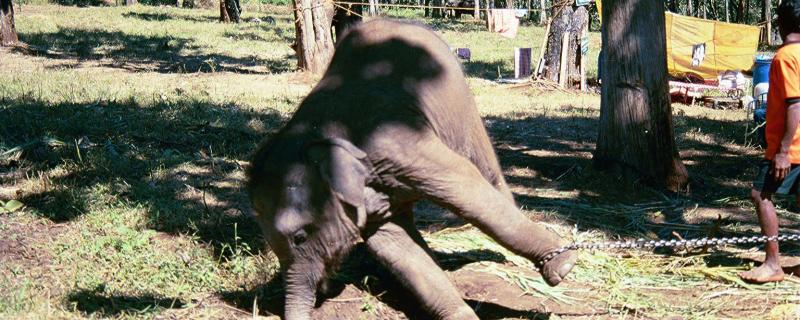What a year it has been for Indian science! From indigenous transistors to help India's Internet of things to solutions to living in harmony with wild animals we have seen it all. Here we take a look at the highlighs of Indian research in 2017.
Society
2017 had been an eventful year for science all over the world. We have seen tremendous breakthroughs like the detection of gravitational waves, along with many discoveries and inventions that take us a step closer to making out lives better. Here we present snapshots of the remarkable contributions made to science in 2017.
[field_op_main_image]
Human Elephant conflict in India is hardly news, but the conflict is also faced by our neighbours in the north, Nepal. Scientists from Arkansas State University explore the degree and the reasons due to which elephants come in close contact with humans.
Scientists from Indian Institute of Technology- Dhanbad have been looking at the available technological options to turn waste to energy for an effective source of waste management and energy production.
The Ministry of Earth Sciences is set to extend the Monsoon Mission from the predicting the rains of the monsoon to disaster management. The facility will improve monsoon forecasts over the short and extended range. The programme is aimed to help the farming sector manage thier agricultural operations and water reservoirs.
Increasing participation by women in the informal sector could provide a boost to the economy by increasing the income opportunity for a family, but how does it affect the individual's? Prof. Anjula Gurtoo, an Associate Professor at Indian Institute of Science, Bengaluru has studied the effect of this increased participation from two perspectives-- social empowerment and economic empowerment.
Recent study shows that chronic illnesses might be shared with the members of a household. A team of public health professionals from from various universities in India and the USA have studied 2,574 households during 2013 and 2014, to understand the prevalence and stage of diagnosis of five chronic diseases.
Researchers from Washington University, St. Louis, USA surveyed Indian households to determine the ease of obtaining education and factors that hinder the process, in the country.
Captive elephants in the country are used for a range of tasks. From hauling timber in the forests to blessing devotees in the temples, they do it all. In a first-of-its-kind study by researchers at the A.V.C. College, Mayiladuthurai, Tamil Nadu, and Dharmapuram Gnanambigai Government Arts College for Women, Mayiladuthurai, have explored how being forced out of their natural and instinctive behaviour affects these majestic megafauna.
[field_op_main_image]
India produces a large amount of agricultural products due to its fertile soil and dependable rainfall patterns. Any harm to the soil would affect the lives of millions in the country. Soil erosion due to rainfall is one such threat. In an first of its kind study an international team of scientists have designed a global map of soil erosivity to devise mechanisms to protect our soils from erosion due to rainfall.
